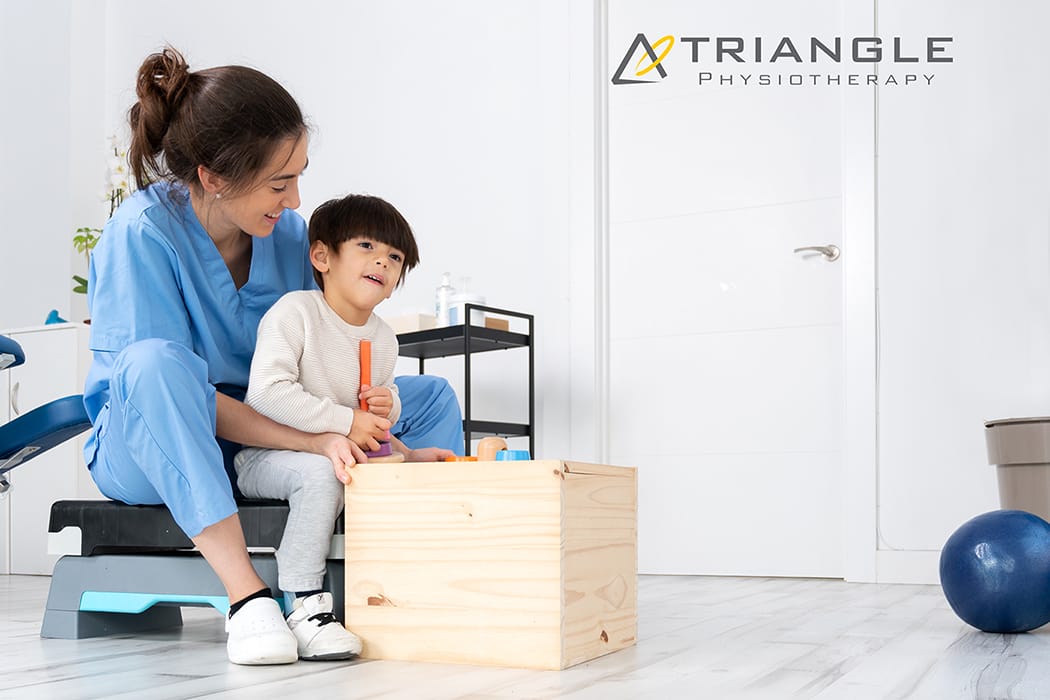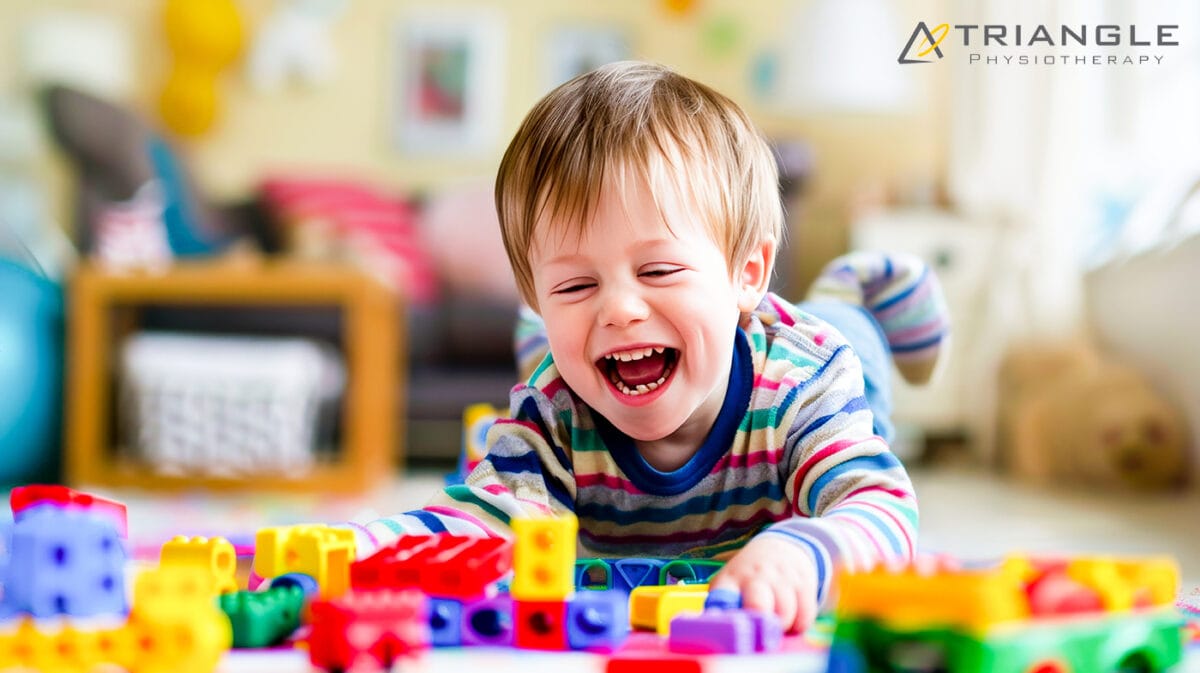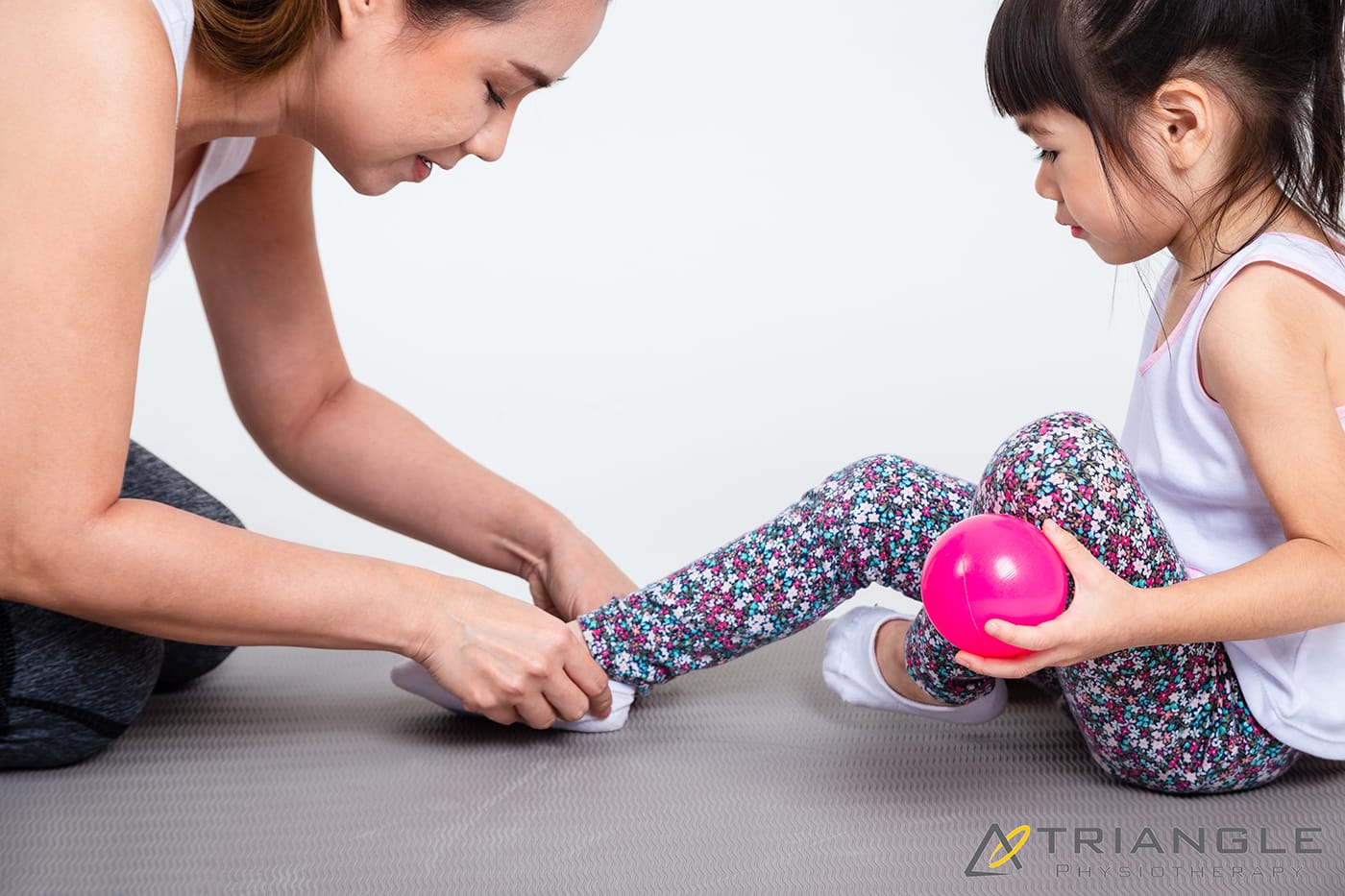Pediatric physiotherapy is not just about exercises and movements – it’s about making therapy engaging and enjoyable for children. When kids are involved in playful activities, they don’t realize they’re doing therapy, and that’s the magic of it. Here’s how our pediatric physiotherapists at Triangle Physiotherapy incorporate play into physiotherapy to make the experience an exciting adventure for kids.

How Does Play Help in Physiotherapy?
Play is a child’s natural language, and incorporating it into physiotherapy creates a familiar, relaxed environment. It encourages children to engage, reducing the stress or fear they may have about the process. Activities like jumping, running, or even pretend play can help children improve strength, flexibility, and coordination – all while having a blast! For example, hopping over colorful cones can work on leg strength, while throwing soft balls can improve hand-eye coordination. The goal is to blend movement with fun!
When Is Play Incorporated into Pediatric Physiotherapy?
Play is used throughout a physiotherapy session, from the very start to the very end. At the beginning, it can help break the ice and make the child feel comfortable. Mid-session, it helps keep the child motivated and energized. At the end, playful challenges like racing to the finish line or earning “therapy points” can make the experience rewarding. The timing of play depends on the child’s energy levels and interests, ensuring that therapy never feels like a chore.
What Kinds of Play Are Used?
The types of play can vary based on the child’s age, abilities, and therapy goals. Here are some examples:
- Active Play: Running, jumping, climbing, or dancing to a favorite song, all while focusing on improving motor skills.
- Imaginative Play: Pretend scenarios where the child may “rescue” toys or explore new worlds, helping with balance and flexibility. Sensory Integration (SI) is also a great treatment tool for kids.
- Games: Simple games like “Simon Says,” musical chairs, or obstacle courses, which focus on coordination and body awareness.
Where Does Play Fit into Pediatric Physiotherapy?
Play can happen anywhere! Whether it’s at a clinic, at home, or even outdoors, physiotherapists can adapt play to fit the setting. For example, a playground can be the perfect place for a fun session focused on balance and strength. When kids are having fun, they don’t even realize how much they’re improving!

Fun Fact: Kids Have Fun, and It Helps Them Heal Faster!
Did you know that children who enjoy their physiotherapy sessions are more likely to keep practicing their exercises at home? This leads to better recovery outcomes and quicker progress.
Incorporating play into pediatric physiotherapy doesn’t just make the session fun; it also helps children build crucial physical skills without even realizing it. By engaging children through play, physiotherapists create an environment that fosters healing, growth, and development, turning therapy into something they look forward to instead of dread. So, the next time your child has a physiotherapy session, know that play is the secret ingredient to making it both effective and enjoyable!
If you think your child might benefit from Pediatric Physiotherapy get in touch with us and we can book an appointment for you and your little one to get an assessment!




